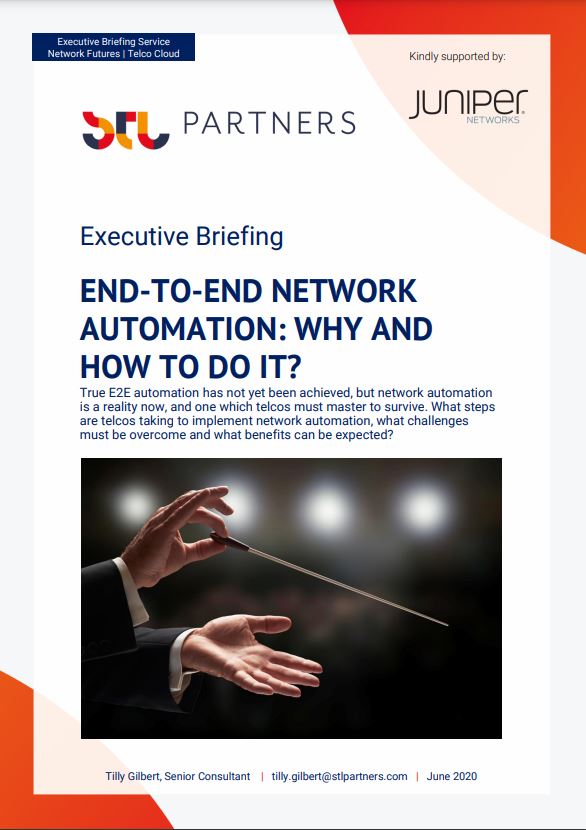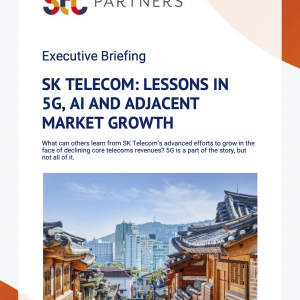End-to-end network automation: Why and how to do it?
£1,000.00 excl VAT
True E2E automation has not yet been achieved, but network automation is a reality now, and one which telcos must master to survive. What steps are telcos taking to implement network automation, what challenges must be overcome and what benefits can be expected?
Description
Format: PDF filePages: 28 pagesCharts: 10Author: Tilly GilbertPublication Date: June 2020
Table of Contents
- Executive Summary
- End-to-end network automation
- A key opportunity: 6 reasons to focus on network automation now
- Key recommendations for operators to drive their network automation journey
- There are challenges operators need to overcome
- This paper explores a range of network automation use cases
- STL Partners: Next steps
- Automation, analytics and AI: A3 unlocks value for operators
- The time is ripe for network automation now
- Looking to the future: Operators’ strategy and ambitions
- Defining end-to-end automation
- Defining ambitions
- State of the industry: Network automation today
- Which networks and what use cases: the breadth of network automation today
- Removing the human? There is a continuum within automation use cases
- Strategic challenges: How to effectively prioritise (network) automation efforts
- Challenges to network automation– people and culture are key to success
- Conclusions
- Recommendations for vendors (and others in the ecosystem)
- Recommendations for operators
Table of Figures
- Figure 1: The three As, while interconnected, are defined differently
- Figure 2: There are A3 use cases across every key telco domain
- Figure 3: Manual switchboard operators at Enfield telephone exchange, 1960
- Figure 4: Data analytics and automation can drive fundamental change in telcos’ financial and commercial models
- Figure 5: E2E automation can mean automation across all parts of a network lifecycle
- Figure 6: E2E automation can alternatively be defined as automation across different physical infrastructure layers
- Figure 7: Driving efficiencies are at the core of why operators are choosing to automate
- Figure 8: There is a wide span of network automation use cases already live within operators’ networks
- Figure 9: Many automation use cases still require human intervention
- Figure 10: Technological challenges hold operators back from automation less than organisational and cultural ones
Technologies and industry terms referenced include: 5G, agility, AI, analytics, artificial intelligence, automation, Culture, E2E, end-to-end, Machine Learning, network automation, network function virtualisation, network innovation, network optimisation, network orchestration, network planning, network provisioning, network security, nfv, Organisation, service innovation


